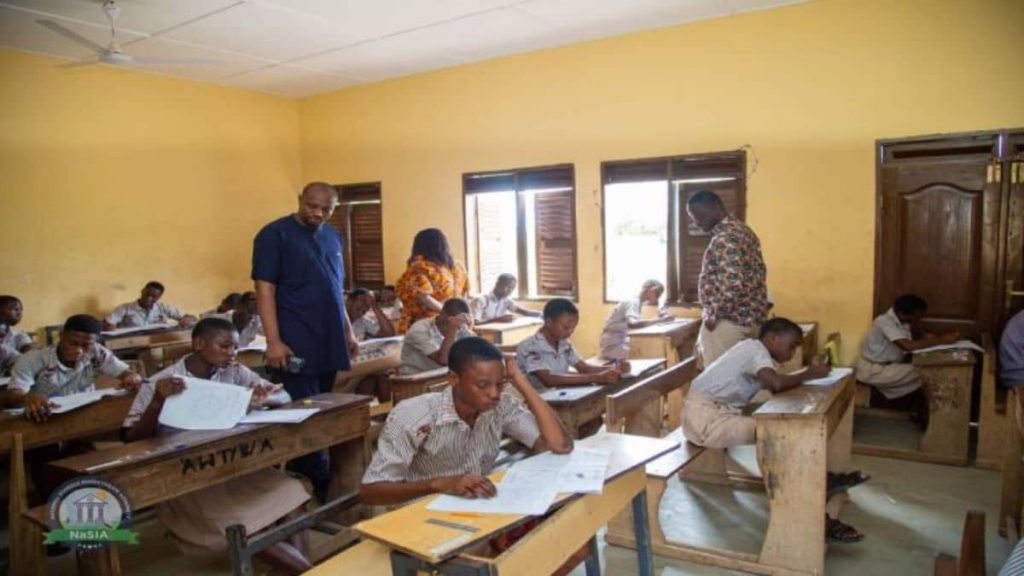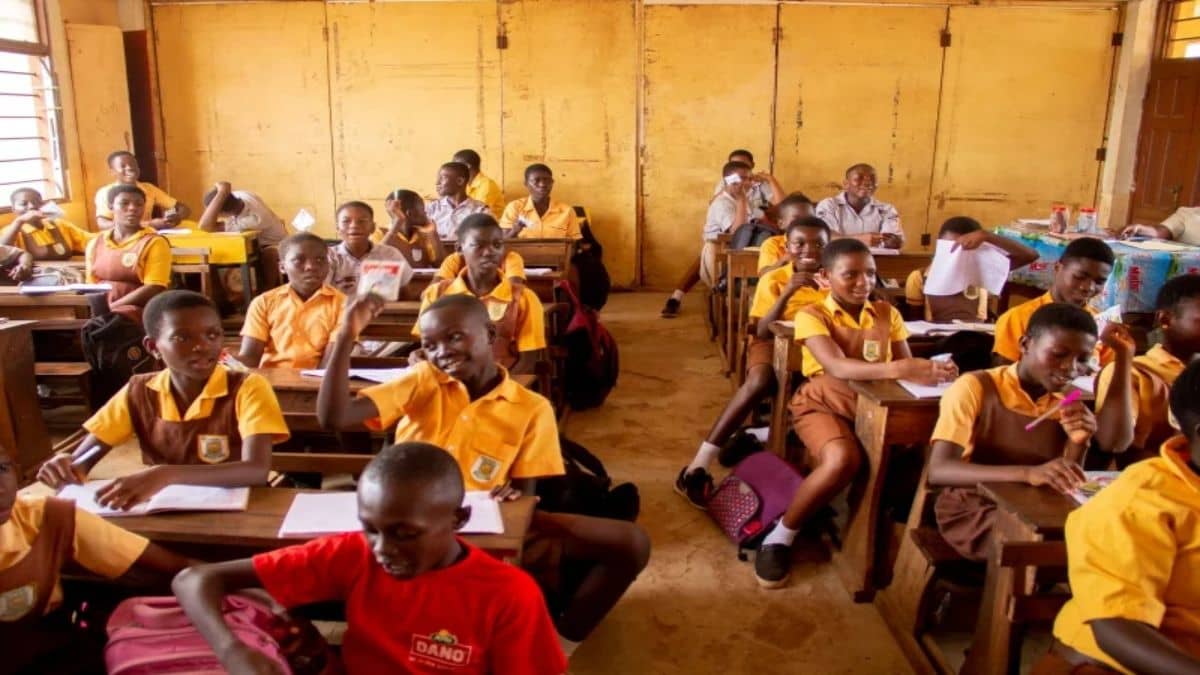Stanine Grading System used in BECE since 1990, not 2025 – WAEC

The management of the West African Examinations Council (WAEC) says it has been using the Stanine Grading System since the inception of the Basic Education Certificate Examination (BECE) in 1990.
WAEC comments on the Stanine Grading System follows a rumour on social media platforms indicating that the grading system was used only in this year’s national examination for final-year Junior High School students.
“The BECE candidates were graded using the Stanine Grading System. This grading system has been used since the inception of the BECE in 1990,” it said in a statement sighted by Pretertiary.com.
The Examinations Council explained that the Stanine Grading System was found to be the best that could be used for both certification and selection when the reforms were introduced at that time.
“The stanine grading system ranks and compares students’ performance in relation to one another as they are considered as a target population,” the not-for-profit-making organization (WAEC) explained.
It added “All policy decisions about the BECE are made by the Ghana Education Service (GES) or, in special cases, by the West African Examinations Council in consultation with the Ghana Education Service.”
The Stanine system (Standard Nine) is a norm-referenced grading system used by WAEC for the BECE in Ghana, where results are scaled from 1 to 9 based on a statistical distribution of scores across all candidates in a subject, not on a fixed score.
Under this system, predetermined percentages of students receive each grade, with the top 4% getting a Grade 1 and the lowest 4% receiving a Grade 9. This means a high percentage score (e.g., 90%) in one subject could result in a lower grade (like Grade 2 or 3) if a higher-scoring 4% of students achieved 91-100% in that same subject.
A stanine score compares or scales a group of scores to one another using a scoring format that ranges from 1 to 9. Stanine scores are based on a group of scores and cannot be used to scale a single grade or score.
A total of 603,328 candidates, comprising 297,250 males and 306,078 females, from nineteen thousand, five hundred and five (19,505) Junior High Schools (JHSs) entered for the school examination.
This includes seventy-two (72 ) candidates with visual impairment, two hundred and thirty-nine (239) with hearing impairment, and one hundred and sixty-one (161) candidates with other test accommodation needs.
The examination was conducted at two thousand, two hundred and thirty-seven (2,237 ) centres across the country. Out of the total number, two thousand, five hundred and twenty-six (2,526) candidates were absent.
The BECE for Private Candidates recorded a total entry figure of one thousand, three hundred and ninety (1,661) candidates. This was made up of eight hundred and fifty-eight (858) males and eight hundred and three (803 ) females.
Fifteen (15) centres, mostly in the regional capitals, were used for the BECE for Private Candidates. Out of the total number of candidates who entered for the examination, fifty-seven (57) were absent.
While the percentage increase in the number of candidates for the Basic Education Certificate Examination (BECE) School Candidates was 5.99%, that of the Private Candidates was 19.49%.



